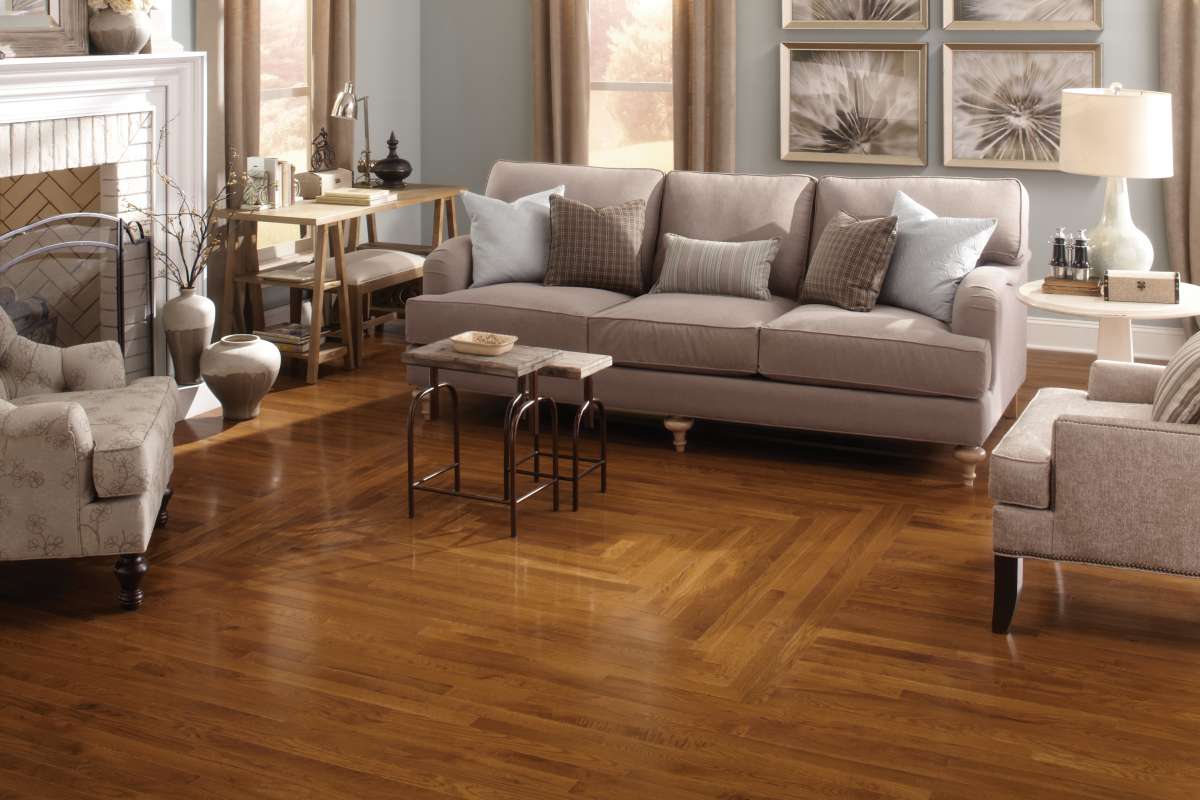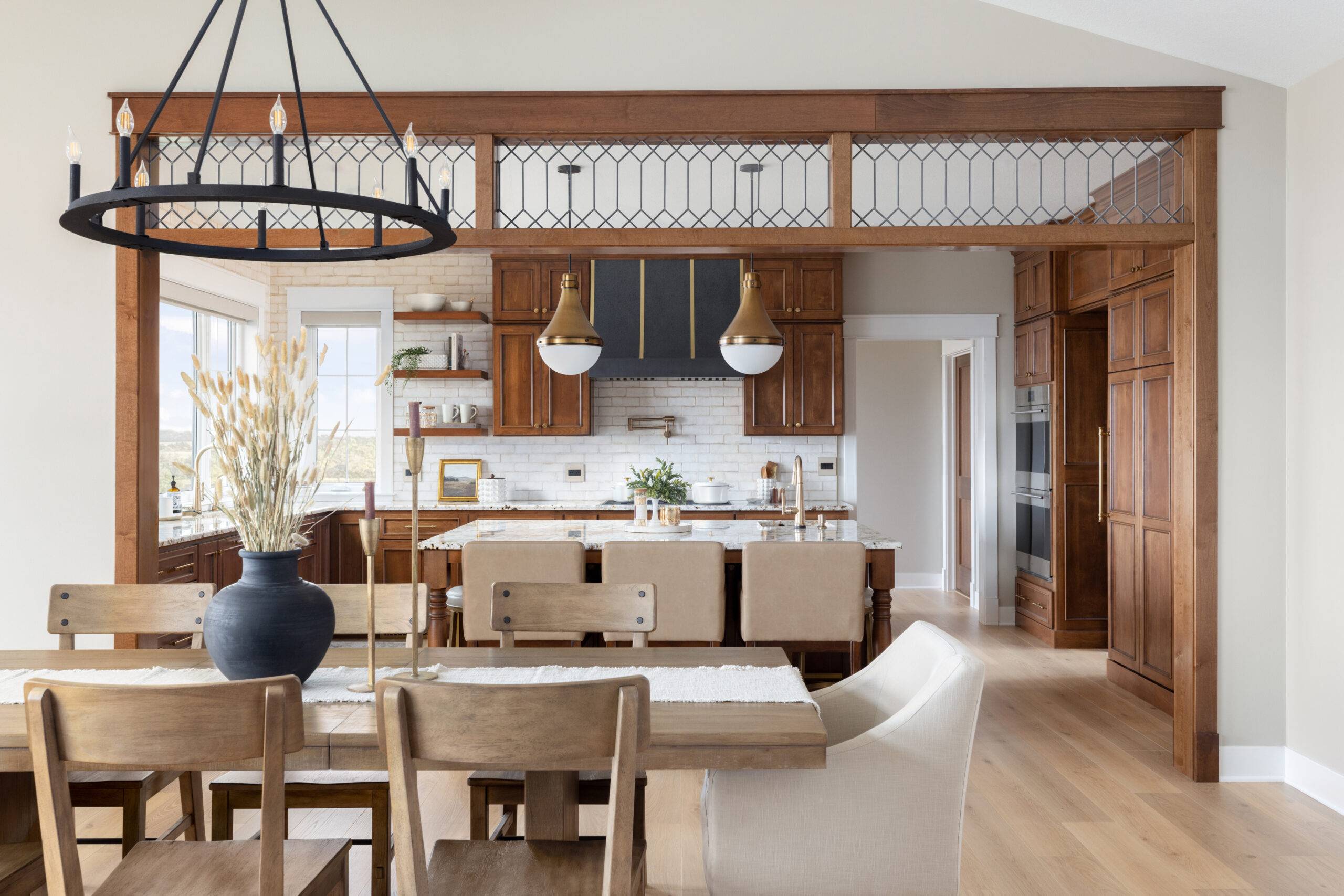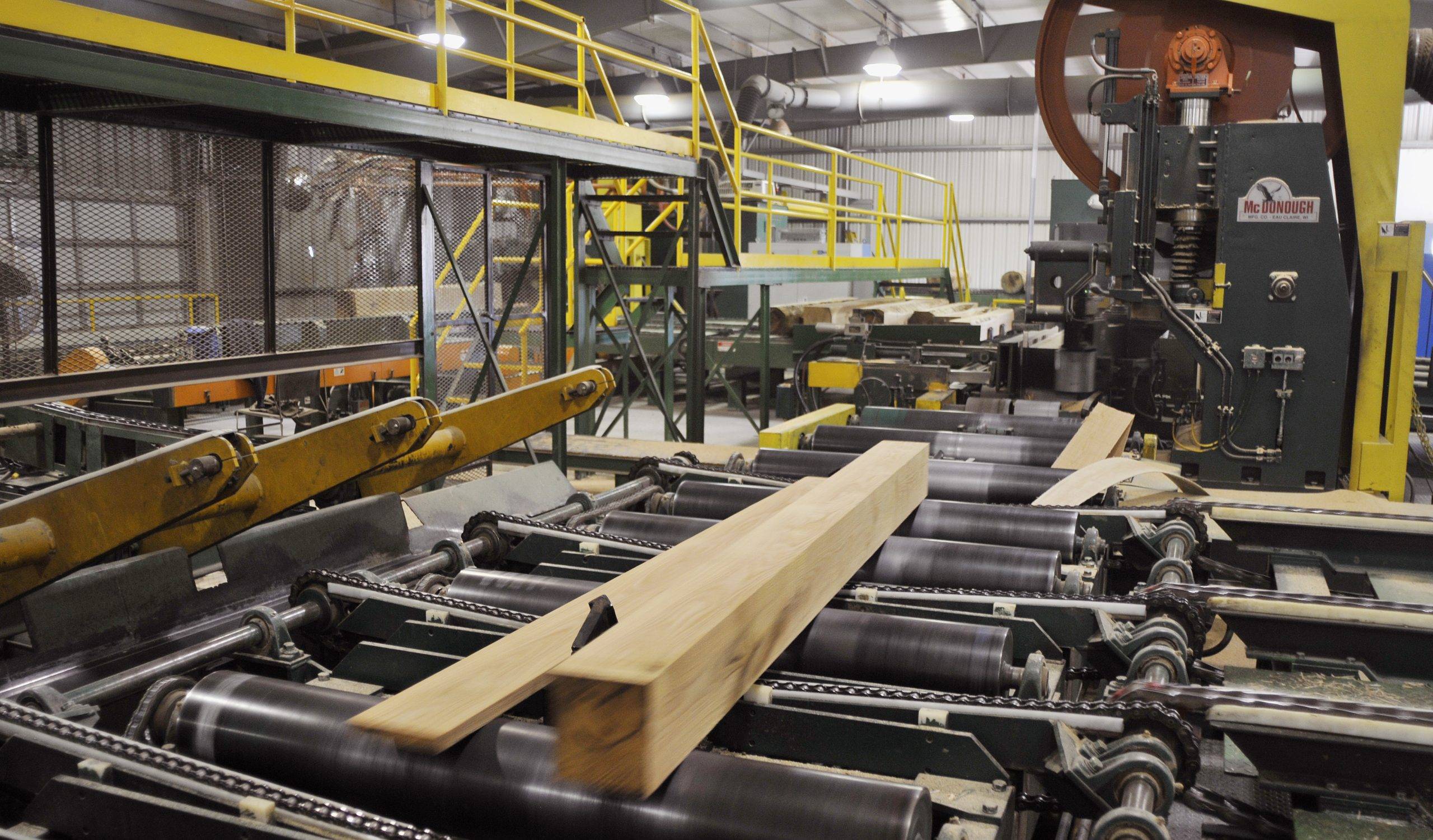Wright’s “organic architecture” sourced wood and stone from the landscapes near his projects, using design to help people feel literally at one with their surroundings. In these times, where conscious design, sustainability and a sense of place are valued more highly than ever, Wright’s intentions feel especially current. So does his love of wood.
Wood is the only material that is at once warm and welcoming, timeless and modern, trendy and classic. It’s also nature’s perfect building material, easy to shape, color and finish with even the simplest tools.
Craftsmen and designers love wood because more than any other material, it is such an expressive medium. Fine wood can be carved, sculpted and assembled into just about anything, from combs to jewelry, furniture to sailboats, cabinets to multistory buildings. One material, so many possibilities, and so many possible ways to express a designer’s vision. Nothing else responds so readily to the imagination.
And no other material offers as much inspiration. Anyone who has stained and finished wood has witnessed a miraculous transition. A smooth, fragrant, touchable piece of raw material suddenly opens up and reveals its soul, a beauty so rare and deep that it’s mesmerizing.

Wood is Always Trending
It’s always kind of amusing when you hear that wood is trending in interior design and furniture, as if wood were a trend and not a permanent fixture in our built environment. As if there were any real alternative.
It’s been said that wood remembers, and that quality wood furniture is “worn in, not worn-out.” With wood more so than any other material, every touch throughout the ages becomes part of its ultimate design.
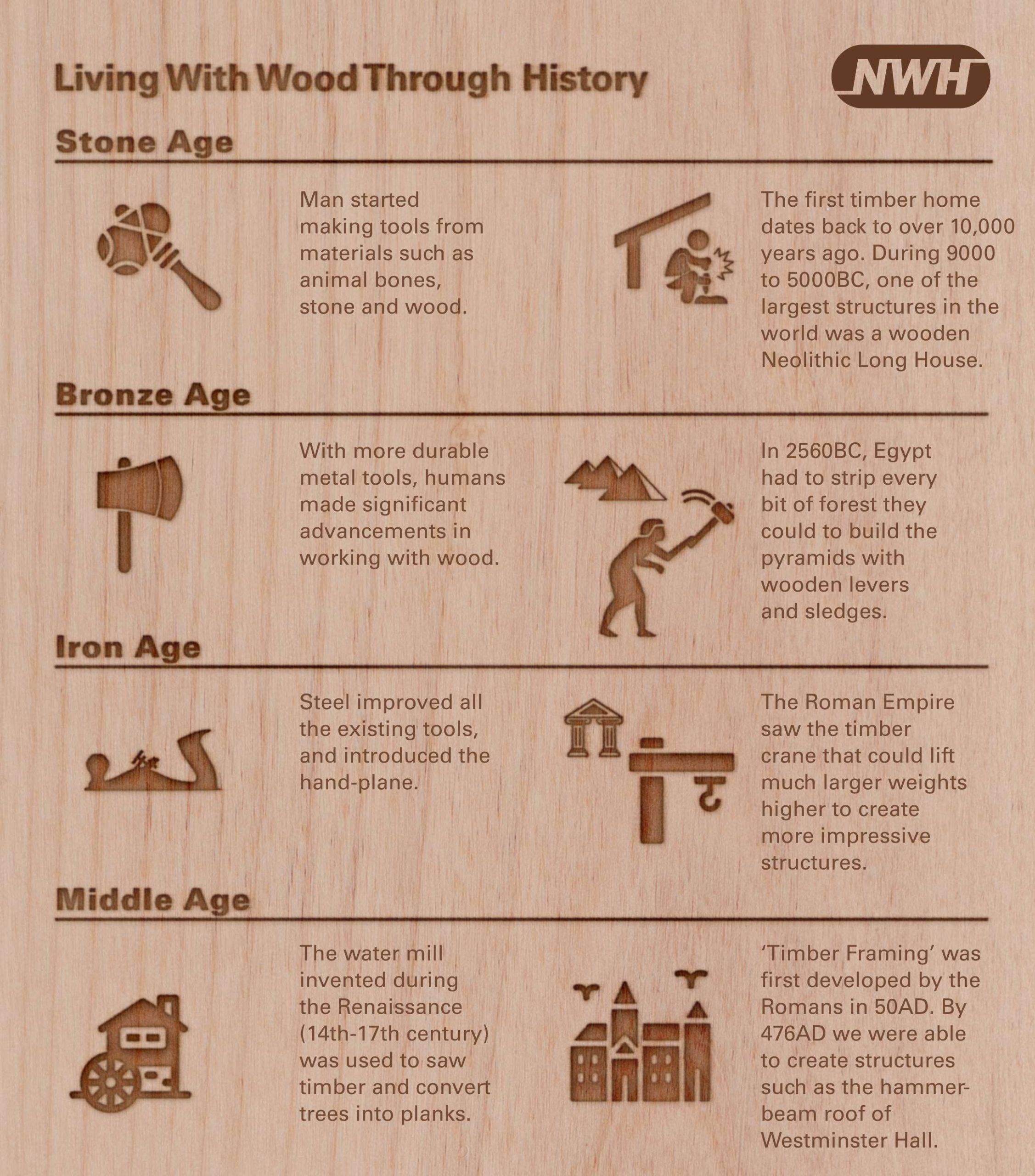
Even after it is harvested wood remains a “living” material, it responds to its environment, it flexes, it changes, it ages without deteriorating. The ever-increasing value of vintage and even ancient acoustic instruments is a testament to its ability to age gracefully.
Take the example of a worn pew in a centuries-old cathedral, an archaic library table, or even a multistory Japanese temple and pagoda built around the year 600 that’s not just still standing…it’s still in daily use. These things will all show evidence of having been a part of many lives and lifetimes. It’s human nature to feel a kind of reverence for such things, to ponder their history and to feel somehow connected to them, especially through touch and use. An object’s age, imperfections, and the endurability of its form and function somehow increases its importance and value to us.
The Japanese term for this is wabi-sabi, centered (ironically) on the “impermanence of perfection,” or more precisely, the acceptance of transience and imperfection. Wabi-sabi nurtures all that is authentic by acknowledging three simple realities: nothing lasts, nothing is finished, and nothing is perfect.

Wood: The Stuff Heirlooms are Made Of
In an era marked by fleeting trends and disposable commodities, the allure of heirloom quality wood furniture is growing, particularly in the commercial A&D world. These meticulously crafted pieces stand as a testament to the artistry of skilled artisans and the enduring beauty of natural materials.
But what exactly distinguishes wood furniture as heirloom quality, and why does it captivate generation after generation? The answer lies in a harmonious blend of craftsmanship, materials, design, and durability.
Craftsmanship: The Heart and Soul
At the core of heirloom quality wood furniture is craftsmanship that transcends the ordinary. Each piece feels meticulously handcrafted by artisans with an intimate understanding of wood’s innate characteristics. The careful selection of wood, precise joinery, and meticulous finishing contribute to the furniture’s unmatched durability and beauty. These artisans invest time and expertise and use traditional techniques passed down through generations to create furniture that exudes a unique personality and unmatched charm.
Materials: Time-Tested Elegance
The choice of wood is paramount in the creation of heirloom quality furniture. Solid hardwoods like alder, oak, walnut, cherry, and maple are favored for their durability, aesthetic appeal, and ability to age gracefully.
Unlike mass-produced alternatives that rely on synthetic materials, heirloom quality furniture is crafted from genuine, sustainably sourced wood that increasingly reveals its inherent character over time. Wood’s character and distinctive grain patterns make every piece a work of art, further enhancing its value as a generational treasure.
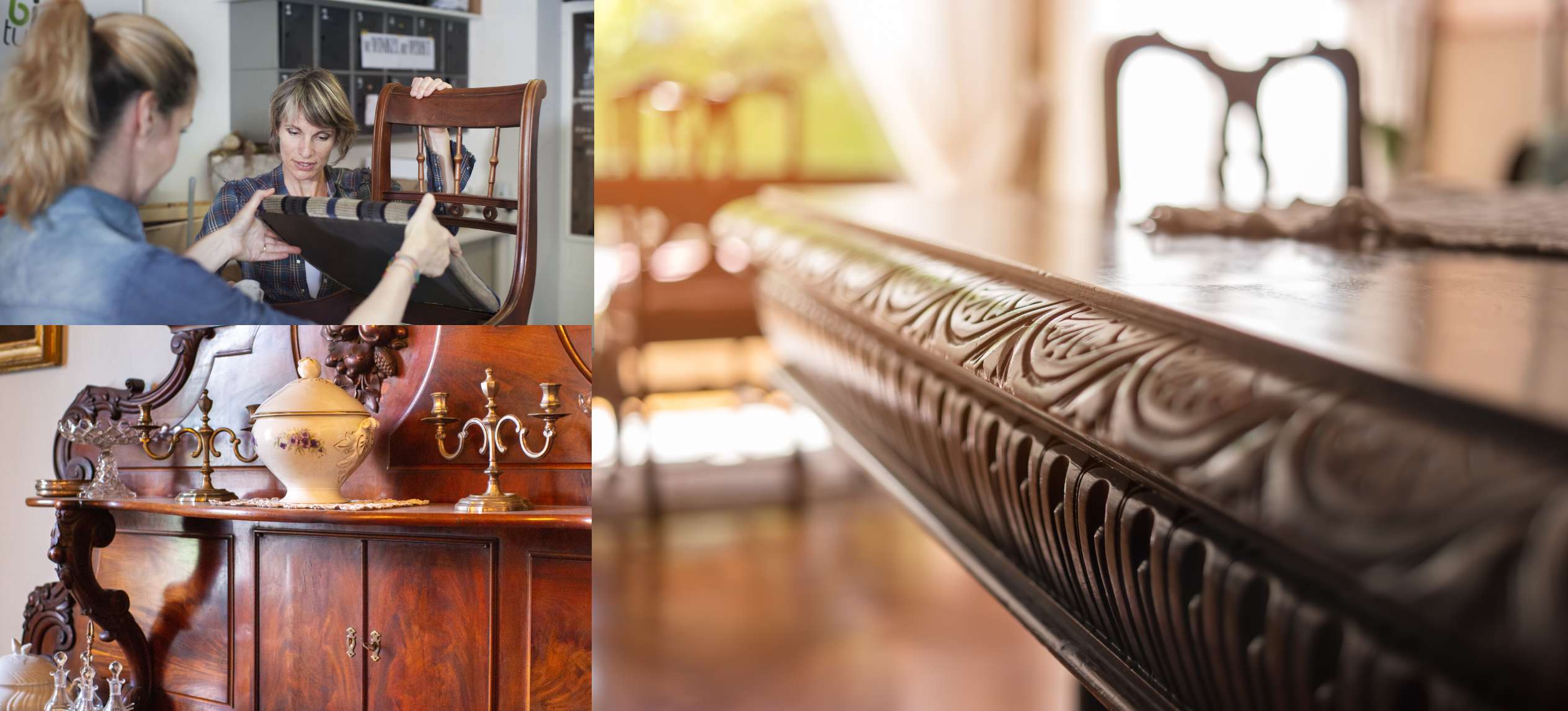
Durability: A Legacy of Resilience
While mass-produced furniture often succumbs to wear and tear, heirloom quality wood furniture is built to withstand the test of time. The exceptional craftsmanship and high-quality materials translate into remarkable durability, allowing pieces to retain their beauty and structural integrity for decades, if not centuries. Superior joinery techniques, such as dovetail and mortise-and-tenon joints, contribute to the robustness of the furniture, ensuring that it remains functional even after years of use.
Patina and Character: Stories Etched in Wood
One of the defining characteristics of heirloom quality wood furniture is the development of a unique patina and character over time. As the furniture ages, it absorbs the stories and memories of its surroundings, creating a rich tapestry of history. The wood deepens in color, softens in texture, and gains a distinct sheen, reflecting the passage of time and the many moments it has witnessed. This patina transforms each piece into a living artifact, making it an integral part of a family’s legacy.
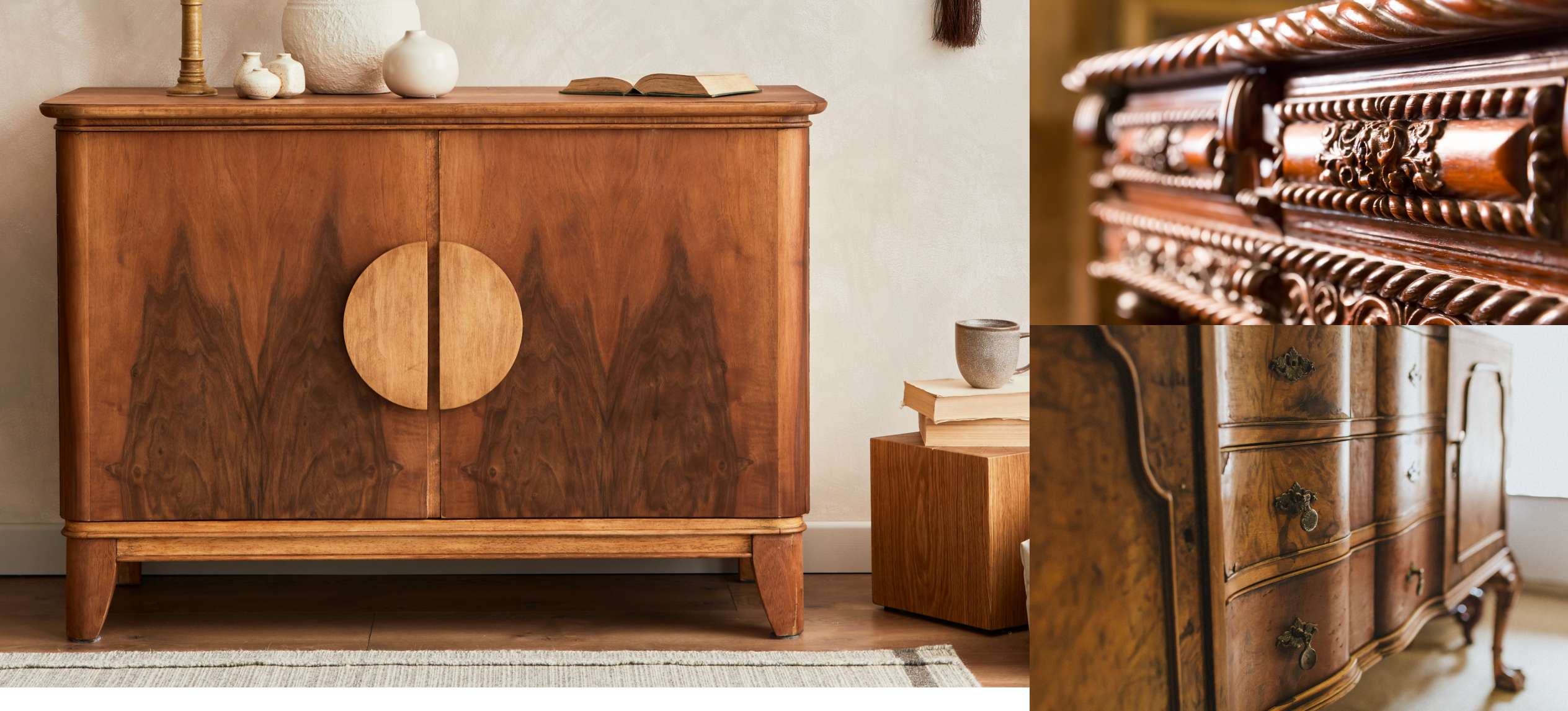
Investment in Living History
While heirloom quality wood furniture may demand a higher initial investment, it is a testament to the philosophy of investing in lasting value. Unlike mass-produced counterparts that require frequent replacements, these pieces appreciate in value and significance with the passage of time. They are not just functional items, but symbols of heritage and tradition that bridge generations and foster a sense of connection to the past.
Heirloom quality wood furniture is a tribute to the synergy between craftsmanship, materials, design, and durability. Rooted in timeless elegance and painstaking attention to detail, these pieces transcend trends and speak to a desire for lasting beauty and significance. As modern society grapples with the ephemeral nature of consumer culture, the enduring allure of heirloom quality wood furniture beckons us to embrace pieces that can be cherished today and passed down as cherished heirlooms for generations to come.

Wood is Just Plain Good for Us
Numerous studies have quantified how being around wood is good for our health, our attention, our productivity, our souls. And we know that wood as a resource is the most sustainable, climate-positive and recyclable building material available, so it’s also good for the planet.
The more we understand about wood, the better it gets. The universality of its beauty, to borrow from Mr. Wright, only continues to grow.
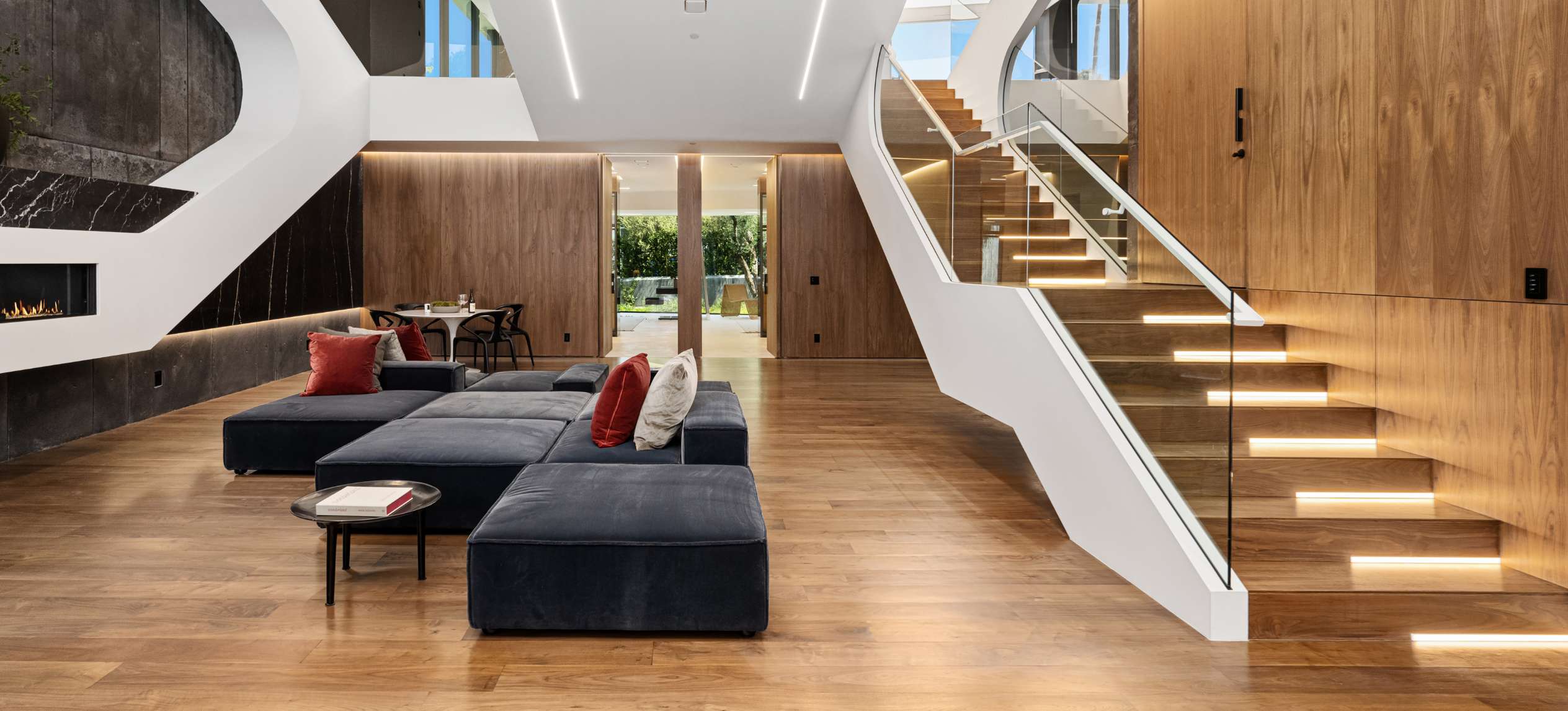
Share This Post!

